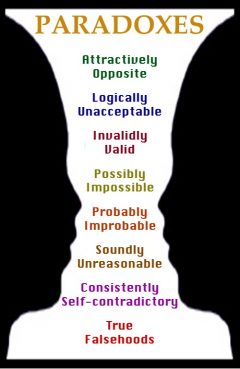Von Neumann Paradox

Release Date: //1929
Country of Release:
Length:
MPAA:
Medium: Paradox
Genre:
Release Message: One can break a planar figure such as the unit square into sets of points and subject each set to an area-preserving affine transformation such that the result is two planar figures of the same size as the original.
Description: In mathematics, the von Neumann paradox, named after John von Neumann, is the idea that one can break a planar figure such as the unit square into sets of points and subject each set to an area-preserving affine transformation such that the result is two planar figures of the same size as the original. This was proved in 1929 by John von Neumann, assuming the axiom of choice. It is based on the earlier Banach_Tarski paradox which is in turn based on the Hausdorff paradox. Banach and Tarski had proved that, using isometric transformations, the result of taking apart and reassembling a two-dimensional figure would necessarily have the same area as the original. This would make creating two unit squares out of one impossible. But von Neumann realized that the trick of such so-called paradoxical decompositions was the use of a group of transformations which include as a subgroup a free group with two generators. The group of area preserving transformations (whether the special linear group or the special affine group) contains such subgroups, and this opens the possibility of performing paradoxical decompositions using them.